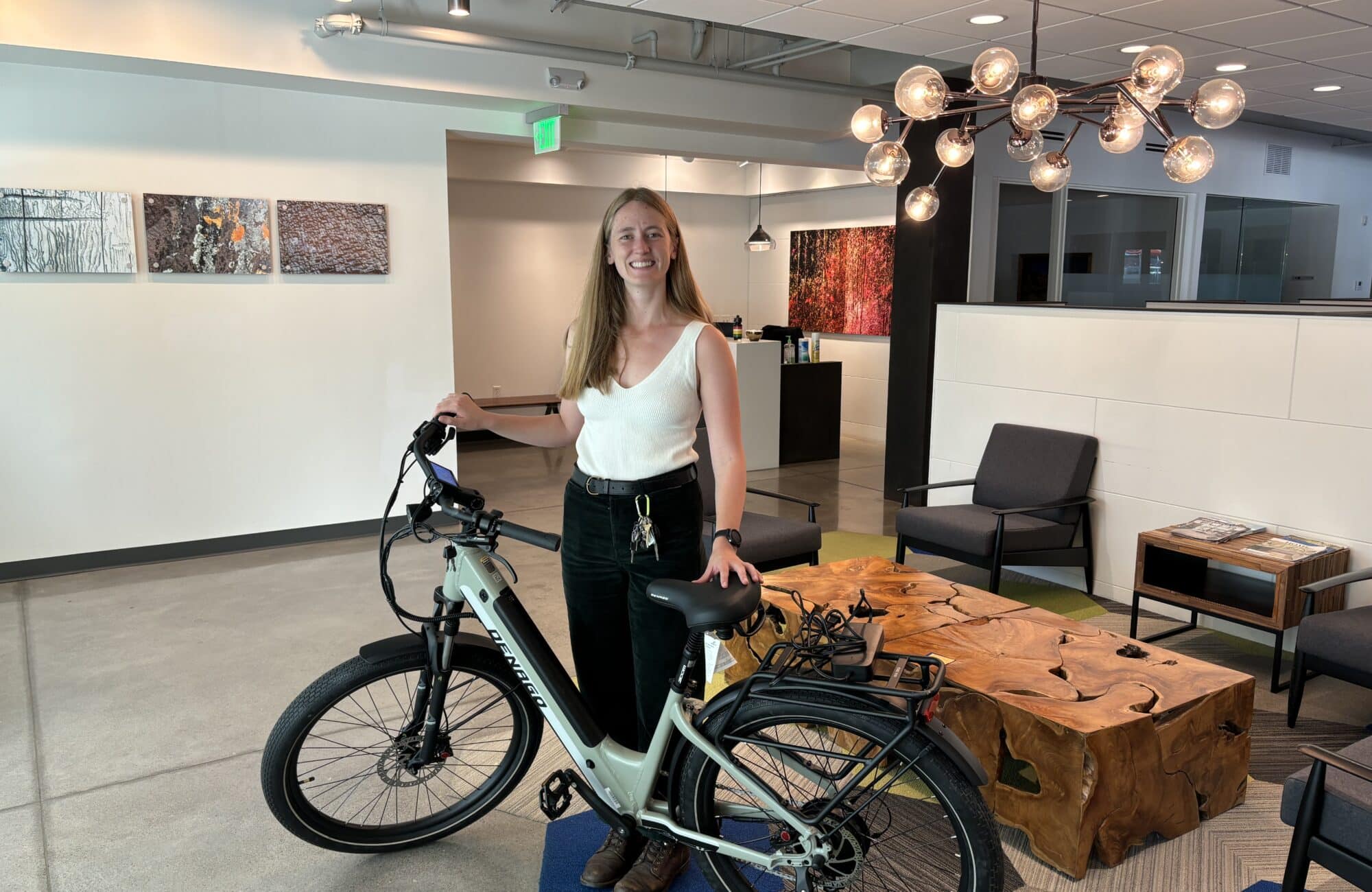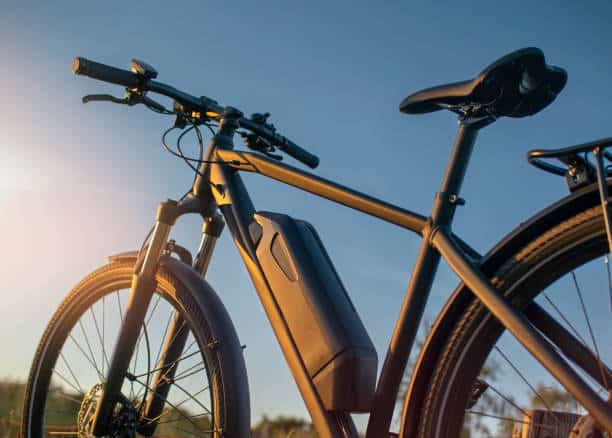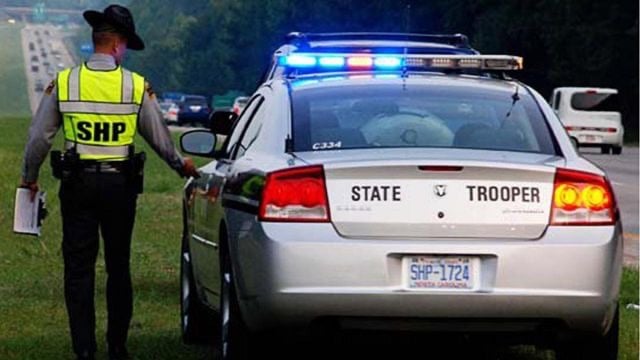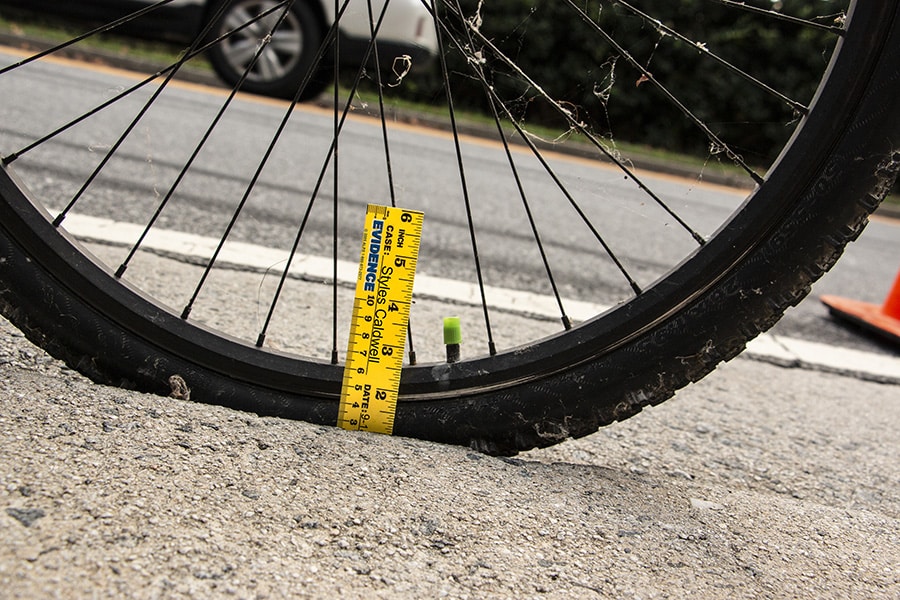Vision Zero: An Update on Minneapolis’s Efforts to Make Safer Streets

Vision Zero is an international movement to create safer streets for everyone. Minneapolis joined this movement in September 2017, when it committed to a goal of zero traffic deaths and serious injuries by 2027.
Cyclists & Pedestrians Are Overrepresented in Crashes
According to city data, an average of 95 people are killed or severely injured in Minneapolis each year. Cyclists and pedestrians make up 45% of those severe injuries and deaths. These groups are overrepresented in these crashes, as they only make up 19% of total trips in Minneapolis. As a Minneapolis-based lawyer who handles cases of bike accidents and pedestrian injuries, I see this disproportion first hand. Vision Zero is mean to remedy it.
Most Crashes Occur on a Small Number of High-Injury Streets
A significant majority of fatal and severe crashes—70%—occur on approximately 9% of all city streets. Minneapolis has dubbed these “high injury streets.” My firm’s office is located on one of these streets: Lake Street. And we are just a few blocks down from one of the deadliest corridors in Minneapolis: Lyndale Avenue between Lake Street and Franklin Avenue.
The Lyndale Avenue corridor has been in the news a lot lately, and for good reason. Last October, a pedestrian was hit by a car while crossing Lyndale Avenue. He later died from his injuries. His death inspired numerous demonstrations and protests from individuals calling for the city to make its streets safer for all.
Vision Zero & Reducing Speeds to Increase Safety
Minneapolis is focusing on planned safety improvements on Lyndale and other high-injury streets over the next several years. A large focal point for the city is to cut back on the top five behaviors that lead to severe and fatal crashes identified in the 2018 Vision Zero Crash Study:
- Speeding
- Distracted driving
- Running a red light
- Unsafe turning
- Driving under the influence
Of these, speed is a significant factor. National data shows the risk of severe and fatal crashes drops drastically when lowering city street speeds down from 40 MPH and 30 MPH to 20 MPH.

This past March, the city of Minneapolis and its sister city, St. Paul, both committed to lowering speed limits on nearly all city-owned streets. According to the Vision Zero website, here is what the new speed limits will look like.
- 20 MPH for local residential streets
- 25 MPH for larger, arterial city streets
- 30 MPH+ for a few city-owned streets
County roads and MnDOT-controlled roads will not be affected by these city-based changes.
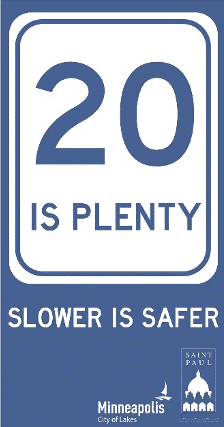
Two streets that will not see lower speed limits? Lyndale Avenue and Lake Street. Supporters of keeping these streets to 30 MPH say it is necessary due to the high volume of motorist traffic.
Protestors argue that one of the major factors in deaths and severe injuries along Lyndale is the speed itself. Refusing to lower the speed while installing smaller safety measures such as plastic posts isn’t going to make a marked improvement.
Still a Long Way to Get to Zero
I laud the city for its commitment to making our streets safer for cyclists, pedestrians and motorists. There is still so much to be done, however. I, for one, will keep an eye on legislative updates and infrastructure improvements while continuing to advocate for those who suffer from severe and fatal bike crashes.
Source for statistics and images (unless otherwise cited): Vision Zero Minneapolis website (last accessed 4/3/20)

Dan Brazil is a seasoned personal injury and Minneapolis bicycle crash attorney. Located in Uptown, Minneapolis, he serves bicyclists throughout Minnesota who has suffered injuries in bike crashes.
Dan is not only the founder and principal attorney of Brazil Law Group; he is also an avid biker. A self-proclaimed “all-arounder,” Dan commutes via bike (in nicer weather!), mountain bikes, runs trails, rock climbs, practices yoga, and even surfs.
-
From Winner to Advocate: One Cyclist’s E-Bike Journey
Two years ago, on a family trip to Switzerland, my wife and I rented two electric-assisted mountain bikes, or e-MTBs, to tackle some steep trails near the Matterhorn. The salesperson said, in no uncertain terms, that the new e-MTBs were the way of the future, and we should give them a try. So we did. …
-
A Comprehensive Guide to E-Bikes in Louisiana: Laws, Tips, and Choosing the Best E-Bike
E-bikes are popping up everywhere. If you’re riding one in Louisiana or thinking about getting one, you may have questions about the laws, safety tips, and how to pick the right bike. That’s exactly what this post is here for! We’ll break down what you need to know about riding e-bikes in Louisiana, from legal…
-
The Lisa Torry Smith Act: A Win for Cycling Safety in Texas?
The Lisa Torry Smith Act brings important changes to Texas law. It makes clear that cyclists can ride in crosswalks and now requires drivers to stop and yield before entering a crosswalk with a pedestrian or cyclist. A gap in Texas law is allowing some drivers who hit people in crosswalks to get off scot-free,…
-
Far Right?! I was taking a LEFT!
Even Bike Law lawyers get hassled. Like many of us, riding for me is stress relief; it’s an escape from conflict and a busy schedule. Sometimes incidents on the road have the opposite effect and one incident this weekend made me question the state of humanity. It was not an unusual event, nor a particularly…
-
E-BIKES ARE LEGAL IN NC (WELL, SOME OF THEM)
Love them or hate them, e-bikes continue to rise in popularity. At the same time, lawmakers struggle to keep up with the developing technologies. Every week I get multiple inquiries from people trying to navigate North Carolina’s e-bike laws. If you’re confused, you’re not alone. We could easily fill a book with all the latest…
-
BIKES & CRIMINAL JUSTICE
Many of our cycling clients find themselves having to interact with the criminal justice system. Typically, it’s because the driver who hits them (or their family member) is charged with a crime or traffic offense. Occasionally bicyclists themselves are charged with traffic offenses! Every state’s criminal laws are different, but there is a lot of…
-
Another Successful Road Defect Case, This Time a $750,000 Settlement in Georgia
We recently shared the story of a trial victory from the State of Texas where a bicyclist was injured due to a defect in a road maintained by the Texas Department of Transportation. Texas Road Defect We now can tell the story of another huge win in a road defect case, this time from our Bike Law…
-
One Million Dollars for Texas Road Defect
The Texas Department of Transportation had offered cyclist Mike Bagg $0. Recently, attorneys with the Bike Law network took a case to a trial against a titan of a defendant: the Texas Department of Transportation. TxDOT was represented by the Attorney General’s Office, one of Texas’ largest legal teams. We had a great client, but it was…
-
More Roads = Better Transportation, And Other Myths
2023 got off to a rough start for Charlotte, North Carolina, particularly in the context of road safety. Within about a week, we lost a young woman who was riding her bicycle, a pedestrian killed in the same area of town, and four people were killed in a car wreck on I-85 in the University…


